Home>Gardening & Outdoor>Landscaping Ideas>Why Do Wasps Like Fresh Cut Grass
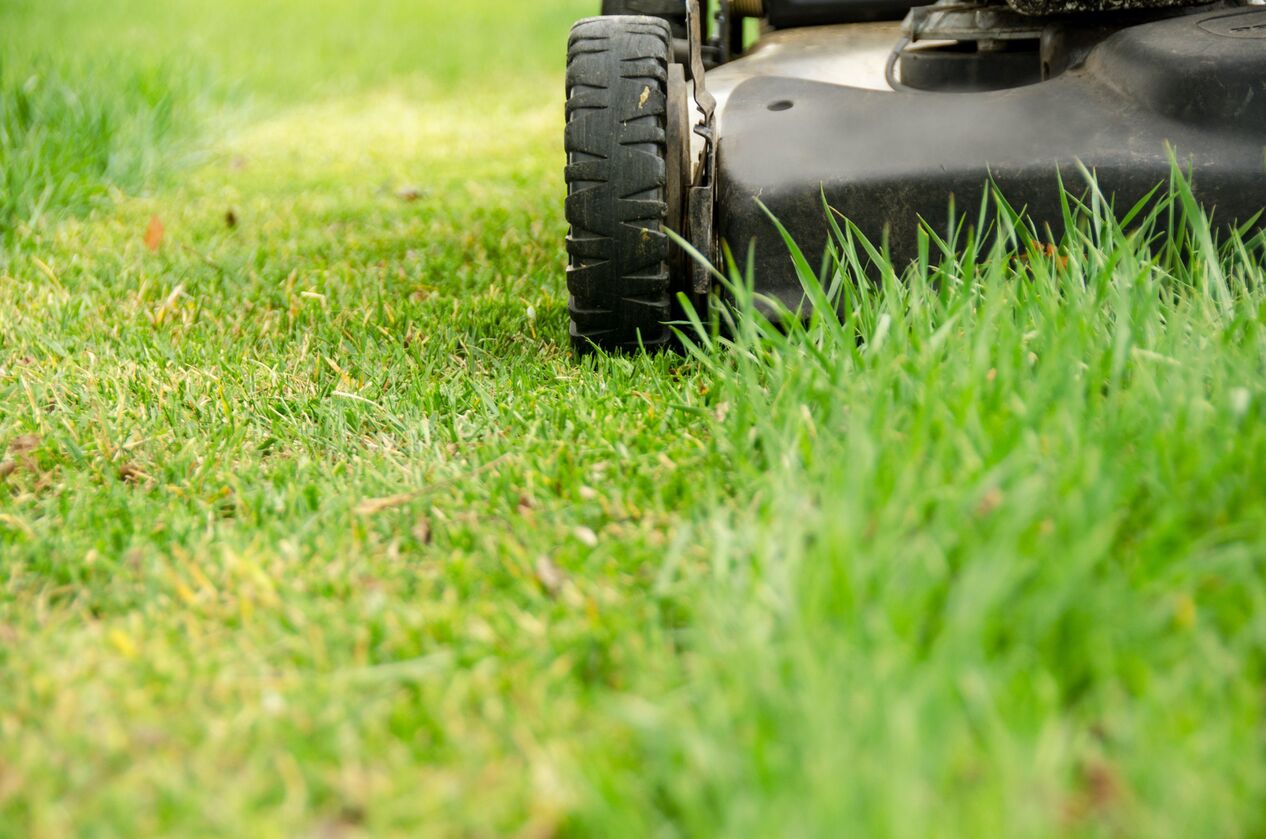

Landscaping Ideas
Why Do Wasps Like Fresh Cut Grass
Modified: February 18, 2024
Discover why wasps are attracted to fresh cut grass and how it can impact your landscaping ideas. Learn how to manage this issue effectively.
(Many of the links in this article redirect to a specific reviewed product. Your purchase of these products through affiliate links helps to generate commission for Storables.com, at no extra cost. Learn more)
Introduction
When the warm spring and summer months arrive, many homeowners take to their yards to mow the grass, creating a neat and tidy outdoor space. However, this seemingly harmless activity can sometimes attract unwanted visitors in the form of wasps. These buzzing insects are known for their painful stings and can quickly turn a pleasant outdoor experience into a nerve-wracking encounter. Understanding why wasps are drawn to freshly cut grass can help homeowners take proactive measures to deter these insects and enjoy their outdoor spaces without fear.
In this article, we will delve into the intriguing relationship between wasps and fresh cut grass. We will explore the role of fresh cut grass in wasp behavior, the scent of freshly cut grass and its attraction to wasps, the connection between fresh cut grass and wasp nesting, and effective ways to deter wasps from areas with freshly cut grass. By gaining insight into these aspects, homeowners can make informed decisions to minimize wasp encounters and maintain a harmonious outdoor environment. Let's embark on this enlightening journey to uncover the mysteries behind why wasps are drawn to fresh cut grass.
Key Takeaways:
- Wasps are attracted to the scent of freshly cut grass due to the release of certain chemicals during mowing, making them more likely to forage and nest in these areas. Understanding this can help homeowners take steps to deter wasps and enjoy their outdoor spaces without fear.
- Homeowners can deter wasps from freshly cut grass areas by planting insect-repelling plants, maintaining a well-groomed yard, using essential oils, securing waste management, and seeking professional pest control services if needed. These proactive measures can create a more peaceful outdoor environment.
Read more: What Does Freshly Cut Grass Smell Like
The Role of Fresh Cut Grass in Wasp Behavior
Wasps, like many other creatures in the animal kingdom, are influenced by their surroundings and the stimuli they encounter. Freshly cut grass emits a distinct odor that can have a profound impact on the behavior of wasps. One of the key factors contributing to the attraction of wasps to freshly cut grass is the release of certain chemicals and compounds during the mowing process. When grass is cut, it undergoes a form of distress, triggering the release of volatile organic compounds (VOCs) into the air. These VOCs, which include green leaf volatiles (GLVs), are part of the plant’s natural defense mechanism and serve as a distress signal to nearby organisms, including insects.
For wasps, the scent of freshly cut grass can act as a powerful attractant, drawing them to the source of the odor. This phenomenon is closely linked to the foraging behavior of wasps, as they are constantly seeking out potential sources of food and nesting materials. The combination of the visual cues of freshly cut grass and the alluring scent creates an environment that is conducive to wasp activity. As a result, homeowners may notice an influx of wasps in their yards shortly after mowing the grass.
Furthermore, the act of mowing itself can disturb any existing wasp nests in the vicinity, causing the insects to become agitated and defensive. This can lead to heightened wasp activity and a greater likelihood of encountering these insects in the vicinity of freshly cut grass. Understanding the role of fresh cut grass in influencing wasp behavior is essential for devising strategies to mitigate the attraction and minimize potential conflicts with these stinging insects.
The Scent of Fresh Cut Grass and Its Attraction to Wasps
The distinctive scent of fresh cut grass is a familiar and pleasant aroma for many people, evoking images of well-maintained lawns and outdoor leisure. However, this same scent can have a markedly different effect on wasps, drawing them in with its potent allure. The olfactory senses of wasps are finely tuned to detect a wide range of odors, and the scent of freshly cut grass is particularly enticing to these insects.
As mentioned earlier, the release of VOCs, including GLVs, plays a significant role in the attraction of wasps to freshly cut grass. These compounds are part of the chemical language of plants and are emitted in response to environmental stressors, such as mechanical damage from mowing. The combination of aldehydes, alcohols, and ketones in these VOCs creates a unique scent profile that is highly attractive to foraging wasps.
Wasps are known for their keen ability to seek out food sources, and the scent of freshly cut grass can mimic the odor of decaying organic matter, a potential food supply for certain species of wasps. Additionally, the scent may also signal the presence of other insects or small invertebrates that are drawn to the freshly cut vegetation, further piquing the interest of foraging wasps.
It is important to note that not all species of wasps are equally drawn to the scent of fresh cut grass. Some variations in attraction may exist based on the specific preferences and foraging behaviors of different wasp species. Nonetheless, the general trend of increased wasp activity in the vicinity of freshly cut grass remains a common occurrence for many homeowners.
By understanding the nuances of the scent of fresh cut grass and its appeal to wasps, homeowners can take proactive steps to minimize the attractiveness of their outdoor spaces to these insects. This knowledge serves as a valuable tool in the ongoing effort to create a more harmonious coexistence between humans and the natural world.
To avoid attracting wasps, mow your lawn in the early morning or late evening when they are less active. Also, keep your grass clippings and yard waste covered and away from your living spaces.
The Connection Between Fresh Cut Grass and Wasp Nesting
Understanding the connection between fresh cut grass and wasp nesting sheds light on the factors that contribute to the presence of these insects in outdoor environments. For many species of wasps, the availability of suitable nesting sites is a critical consideration in their choice of habitat. Freshly cut grass can inadvertently provide an appealing environment for wasps to establish their nests, leading to increased activity and potential encounters with humans.
When homeowners mow their lawns, the process of cutting the grass can inadvertently disrupt existing underground nests of ground-nesting wasps. These insects, such as yellow jackets and paper wasps, often construct their nests in subterranean locations, taking advantage of the soil’s protective cover. The vibrations and disturbances caused by mowing can agitate these underground colonies, prompting defensive behavior and increasing the likelihood of human-wasp interactions.
In addition to ground-nesting species, certain types of wasps, such as mud daubers, may seek out suitable nesting sites in and around residential properties. The clippings and debris generated during the mowing process can provide nesting materials for these insects, inadvertently creating opportunities for them to establish their homes in close proximity to freshly cut grass.
Furthermore, the lush and manicured appearance of a freshly mowed lawn can create an attractive backdrop for wasps seeking nesting sites. The open expanse of trimmed grass and the proximity to flowering plants and shrubs can offer an ideal setting for these insects to forage for food and construct their nests. As a result, homeowners may find themselves contending with increased wasp activity in their yards following a mowing session.
Recognizing the potential link between fresh cut grass and wasp nesting underscores the importance of proactive pest management strategies. By taking steps to minimize the appeal of their outdoor spaces to nesting wasps, homeowners can reduce the likelihood of unwelcome encounters and create a safer and more enjoyable environment for themselves and their families.
Ways to Deter Wasps from Fresh Cut Grass Areas
For homeowners seeking to minimize the presence of wasps in areas with freshly cut grass, several effective deterrent strategies can help create a more peaceful outdoor environment. By implementing proactive measures, individuals can reduce the likelihood of encountering these stinging insects and enjoy their outdoor spaces with greater peace of mind.
- Strategic Landscaping: Planting insect-repelling and aromatic plants, such as mint, eucalyptus, and wormwood, around the perimeter of the yard can help deter wasps. These plants emit odors that are unappealing to wasps and can serve as a natural barrier to discourage their presence.
- Regular Lawn Maintenance: Keeping the grass trimmed and maintaining a well-groomed yard can minimize the attractiveness of the area to nesting wasps. By promptly addressing overgrown vegetation and removing potential nesting sites, homeowners can create a less hospitable environment for these insects.
- Use of Essential Oils: Certain essential oils, such as peppermint, lemongrass, and clove, are known for their repellent properties against wasps. Diluting these oils and applying them to outdoor furniture, eaves, and other potential landing spots can deter wasps from frequenting these areas.
- Secure Waste Management: Properly sealing and disposing of food waste and maintaining clean outdoor eating areas can reduce the attraction of wasps seeking food sources. By minimizing potential food odors and waste, homeowners can discourage foraging wasps from congregating near freshly cut grass areas.
- Professional Pest Control Services: In cases where wasp infestations pose a significant risk or challenge, enlisting the expertise of professional pest control services can provide effective solutions. Trained professionals can assess the situation, implement targeted treatments, and offer guidance on long-term prevention measures.
By incorporating these deterrent measures into their outdoor maintenance routines, homeowners can take proactive steps to reduce the likelihood of wasp encounters in areas with freshly cut grass. These strategies not only contribute to a more enjoyable outdoor experience but also promote a harmonious coexistence with the diverse array of wildlife in the surrounding environment.
Read more: Why Are Wasps In My Grass
Conclusion
The relationship between wasps and freshly cut grass unveils a fascinating interplay between natural phenomena and human activity. The distinct scent of fresh cut grass, coupled with the inadvertent provision of nesting opportunities, can inadvertently attract wasps to residential outdoor spaces, leading to potential encounters and disruptions. However, armed with knowledge and proactive strategies, homeowners can mitigate the allure of freshly cut grass to these insects and foster a more harmonious coexistence.
By understanding the role of fresh cut grass in influencing wasp behavior, homeowners can make informed decisions about their outdoor maintenance practices and implement targeted deterrent measures. From strategic landscaping to the use of essential oils, a proactive approach to pest management can significantly reduce the likelihood of wasp encounters in areas with freshly cut grass.
Furthermore, the connection between fresh cut grass and wasp nesting underscores the importance of maintaining a balanced and well-managed outdoor environment. Regular lawn maintenance, secure waste management, and professional pest control services offer valuable tools for minimizing the appeal of outdoor spaces to nesting wasps, creating safer and more enjoyable surroundings for homeowners and their families.
As individuals embrace these proactive measures, they contribute to the preservation of a thriving ecosystem while fostering a sense of tranquility and security in their outdoor havens. By harmonizing human activities with the natural world, homeowners can savor the beauty of their landscapes and the joy of outdoor living without the unwelcome presence of stinging insects.
In the ongoing journey to create a more inviting and peaceful outdoor environment, the understanding of wasp behavior and the implementation of effective deterrent strategies empower homeowners to reclaim their outdoor spaces with confidence and serenity. Through mindful stewardship and informed action, the allure of freshly cut grass can be enjoyed without the intrusion of unwanted winged visitors, allowing for moments of relaxation and connection with nature to flourish.
Frequently Asked Questions about Why Do Wasps Like Fresh Cut Grass
Was this page helpful?
At Storables.com, we guarantee accurate and reliable information. Our content, validated by Expert Board Contributors, is crafted following stringent Editorial Policies. We're committed to providing you with well-researched, expert-backed insights for all your informational needs.
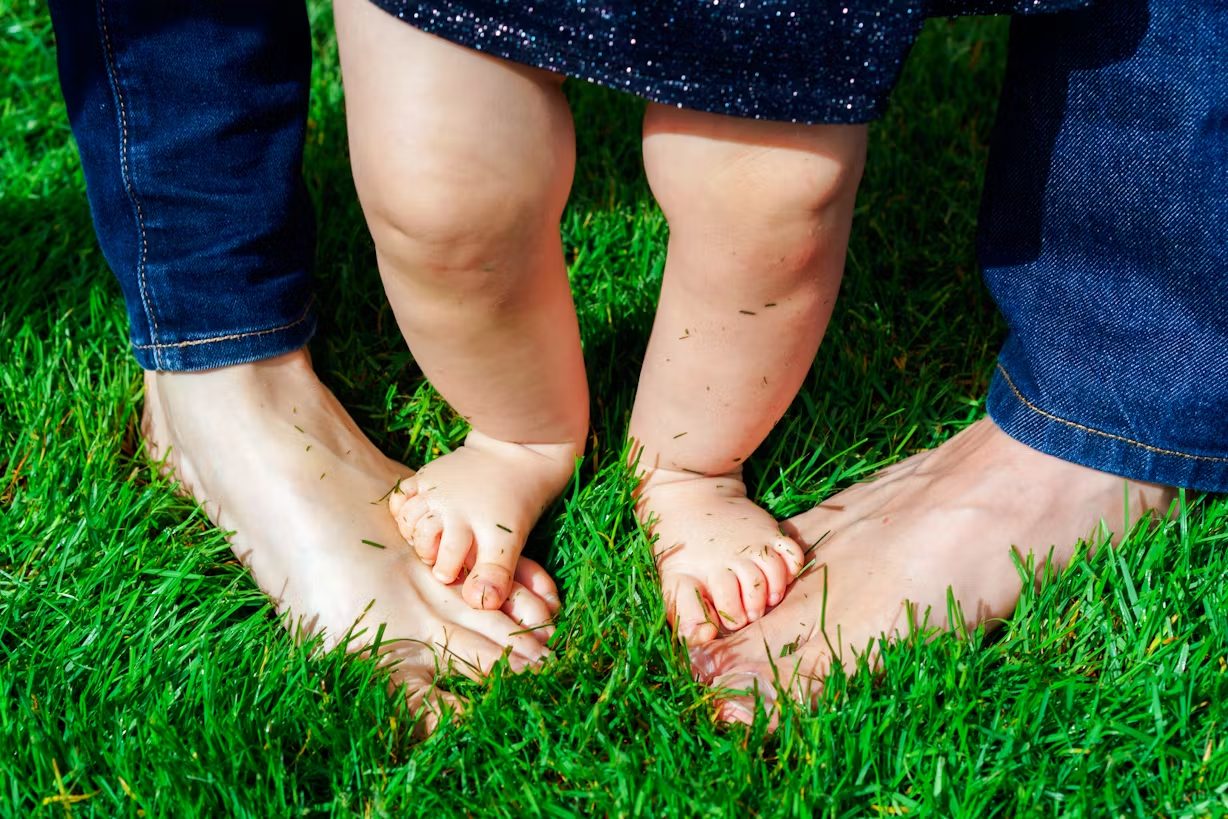
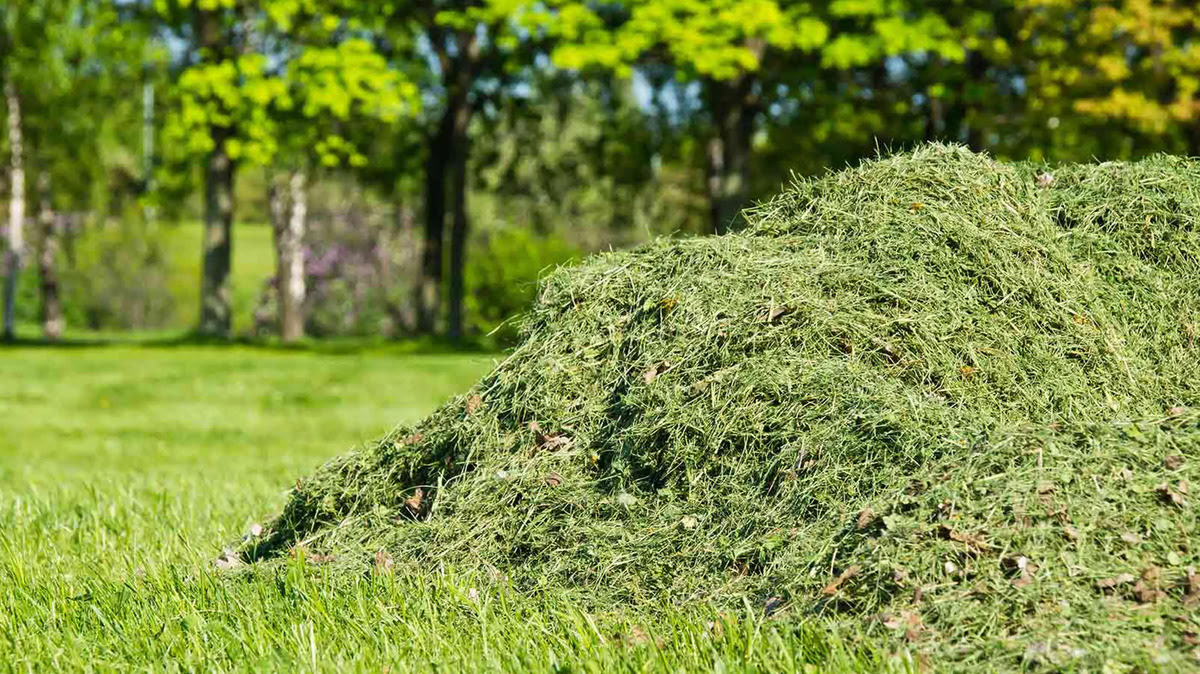
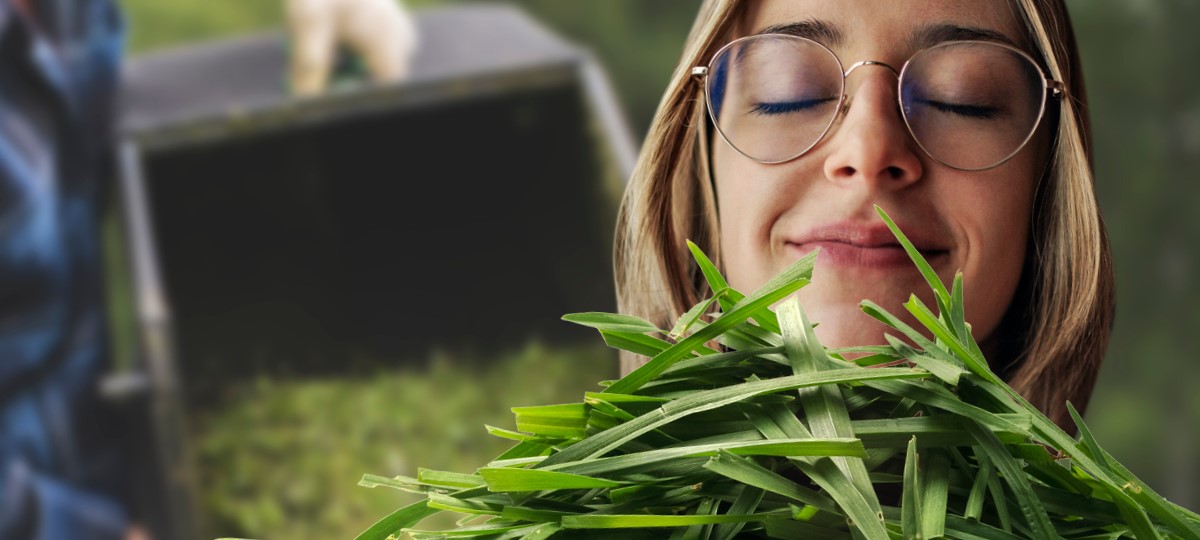
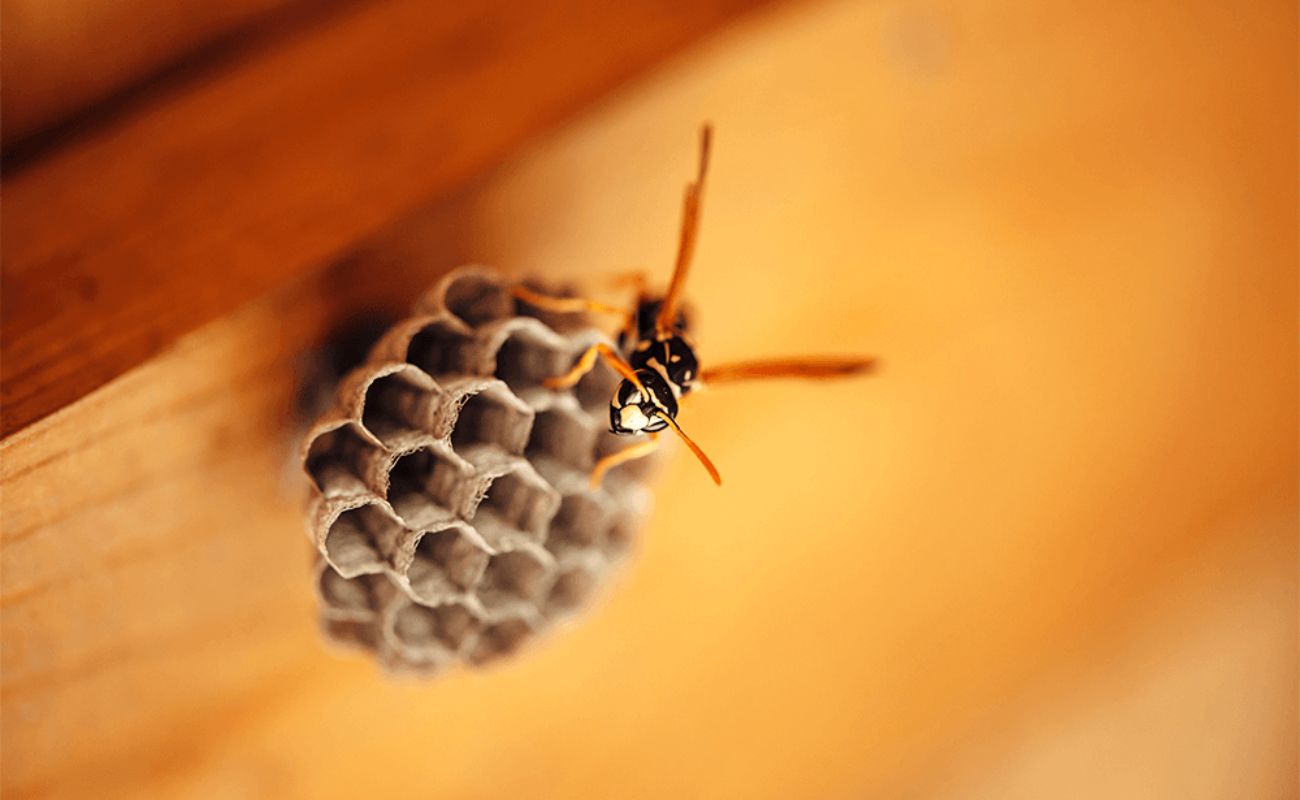
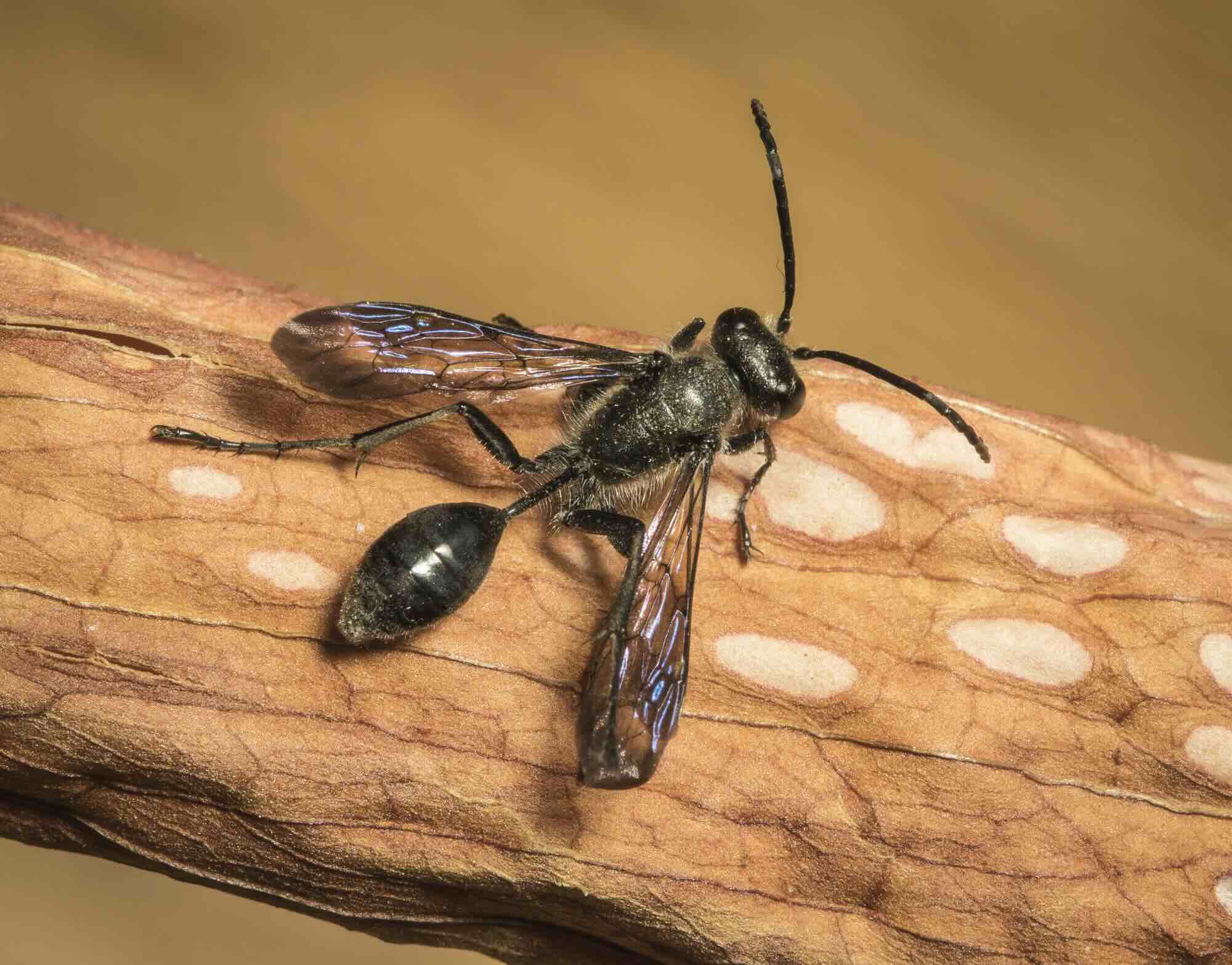

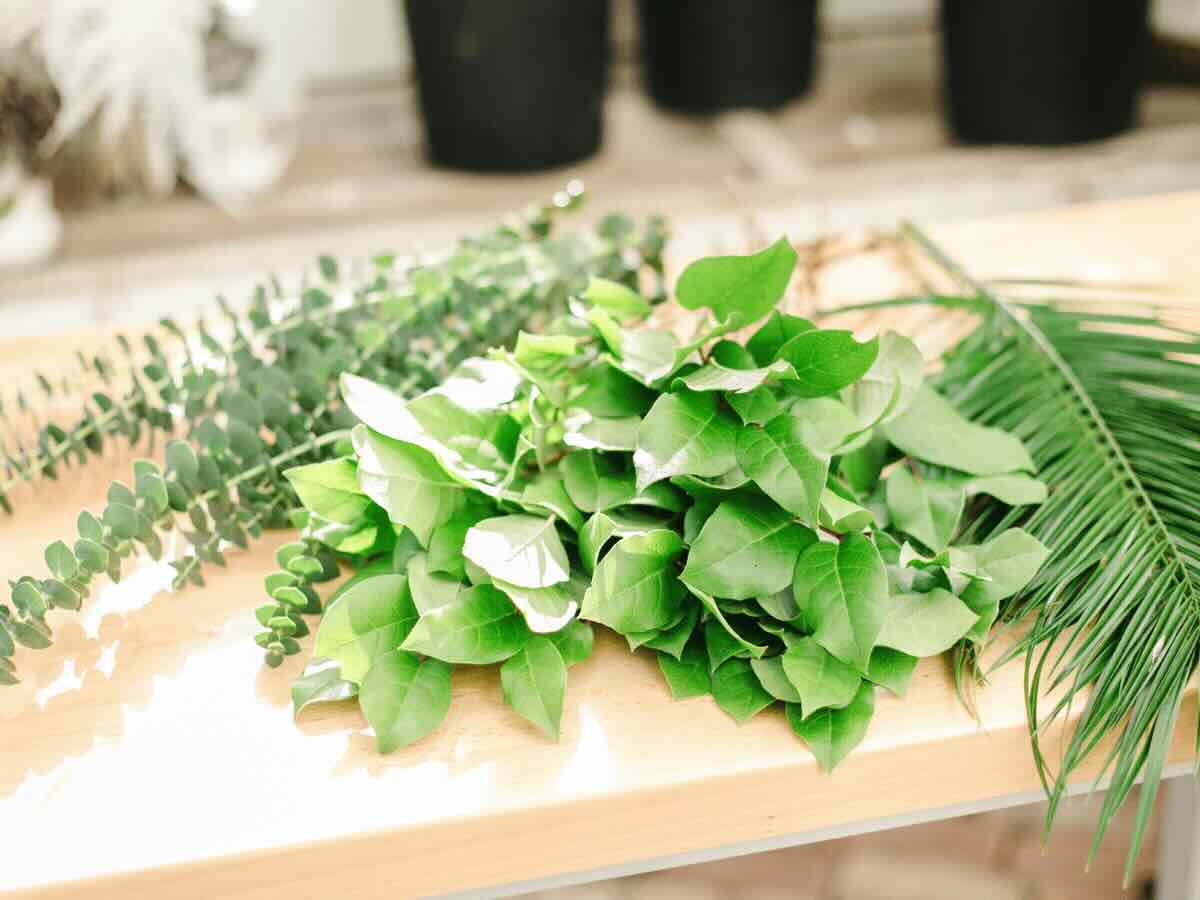
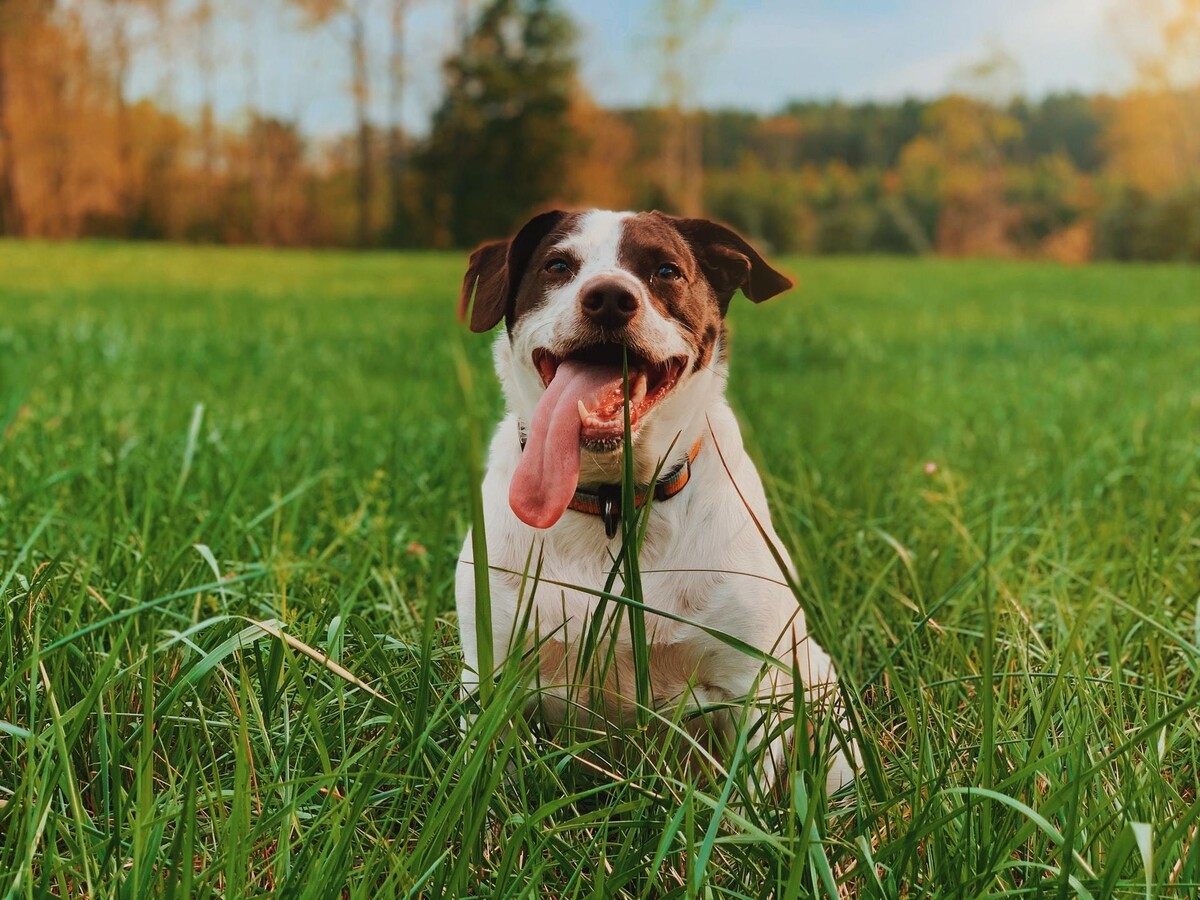
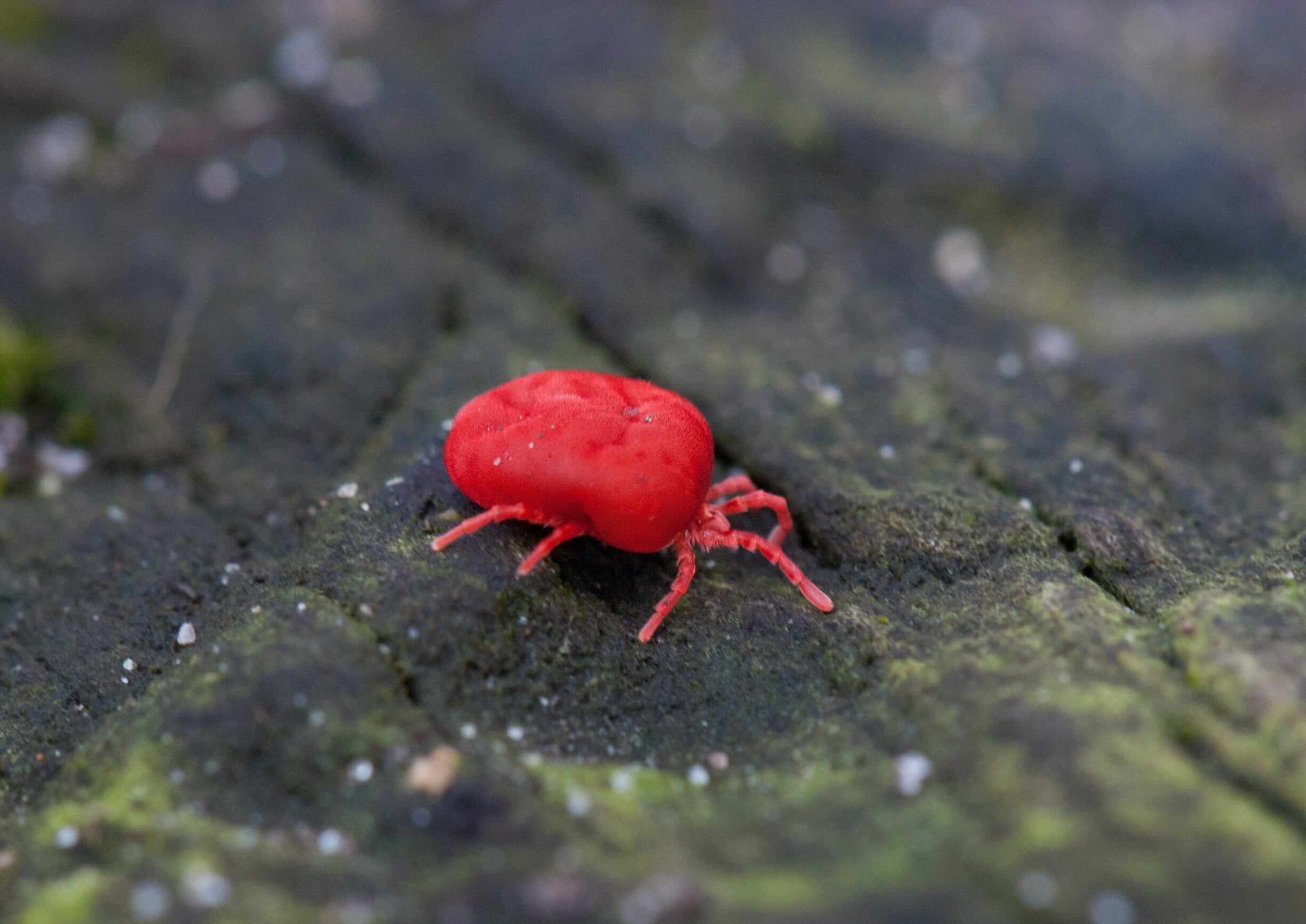

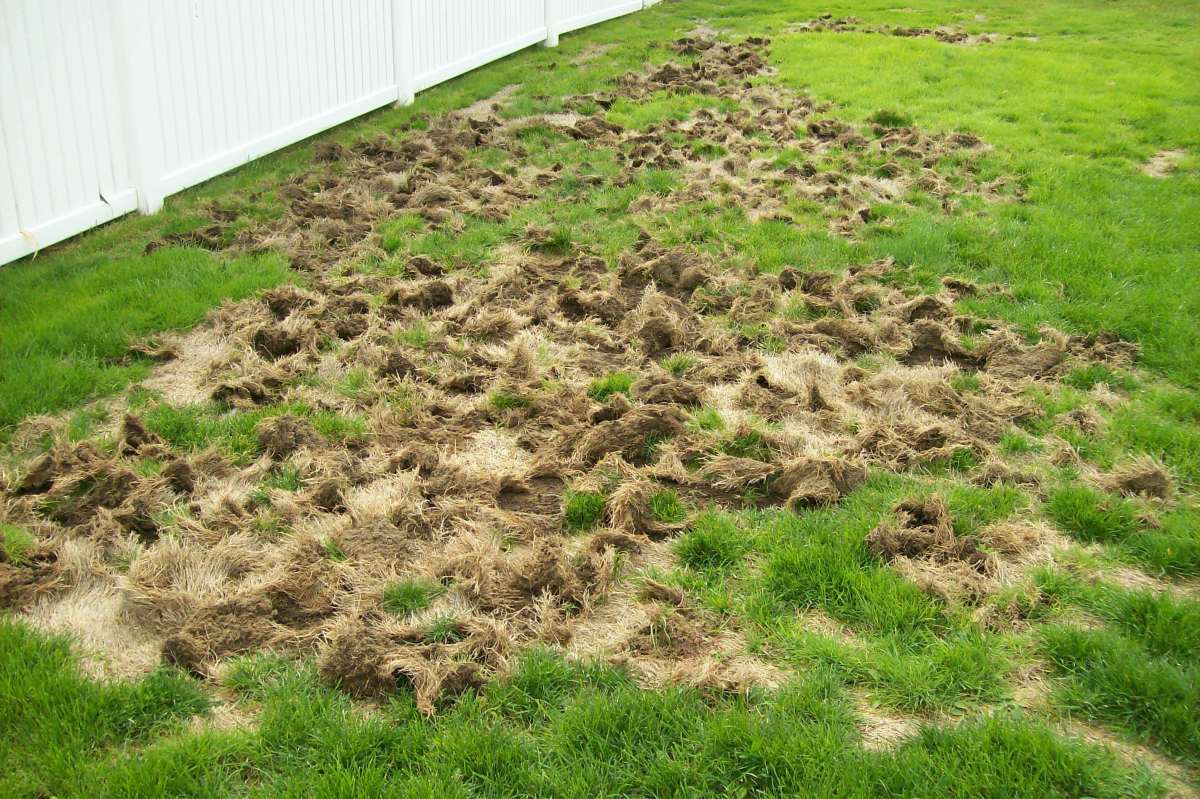
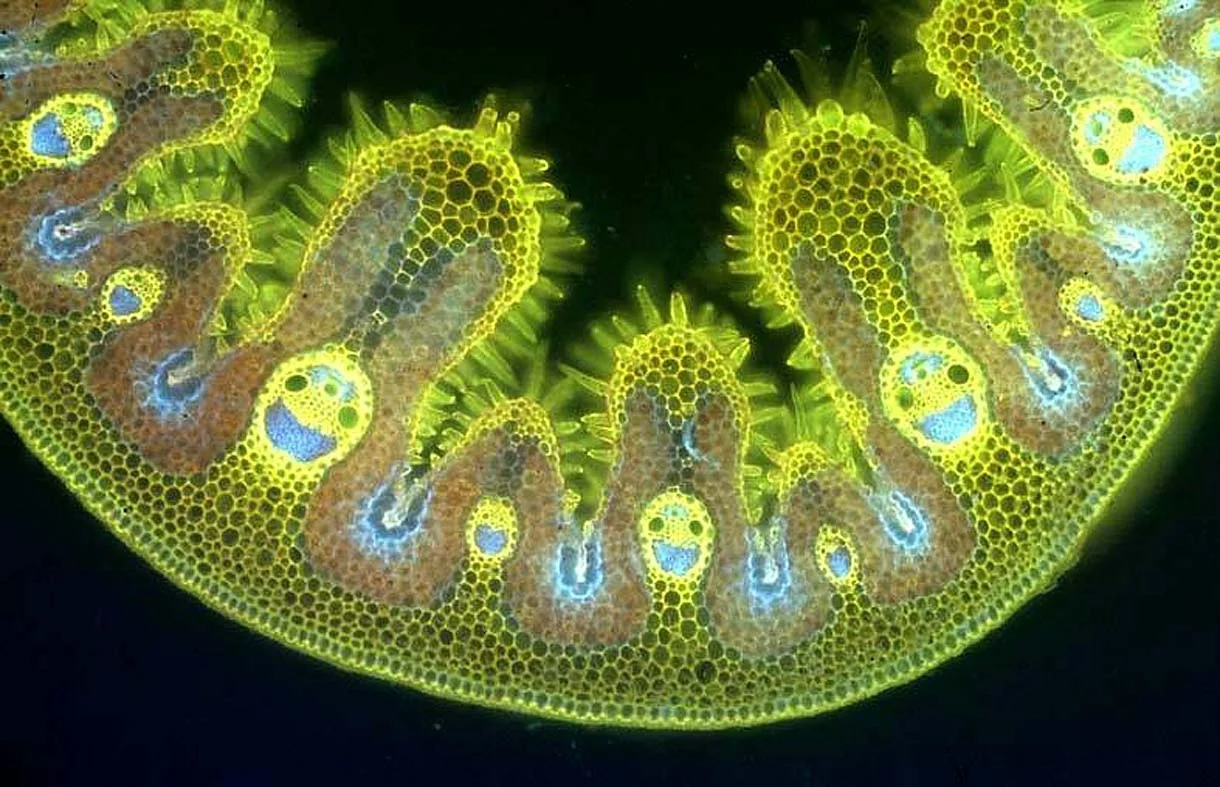
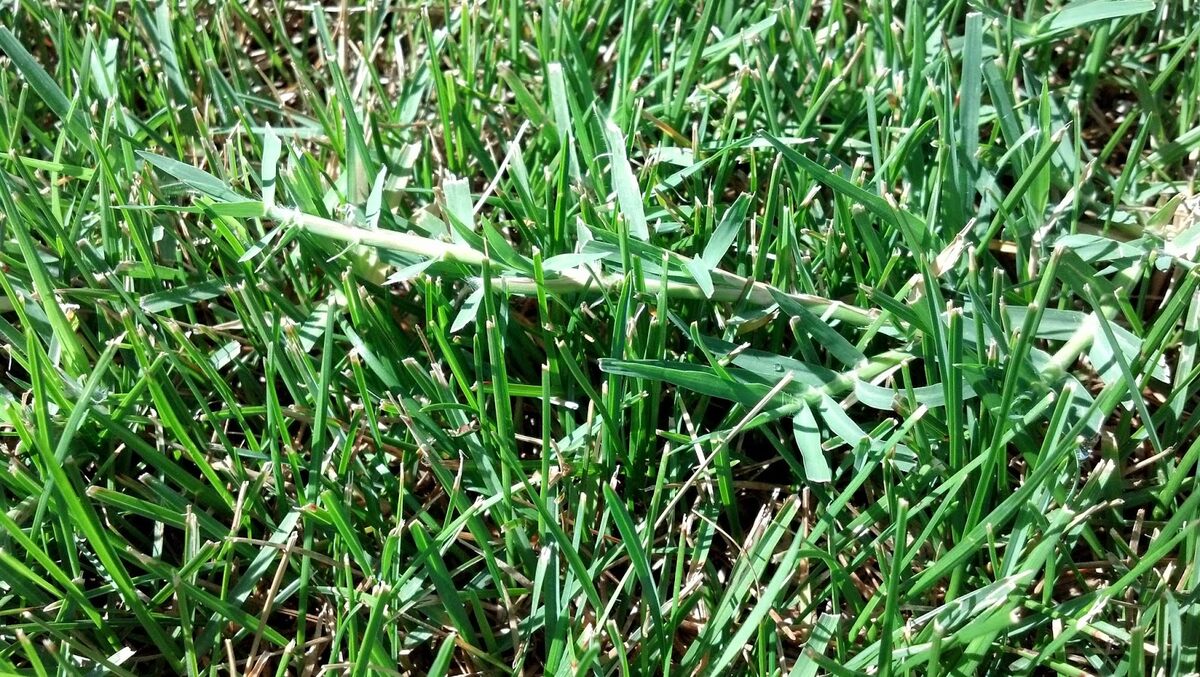


0 thoughts on “Why Do Wasps Like Fresh Cut Grass”